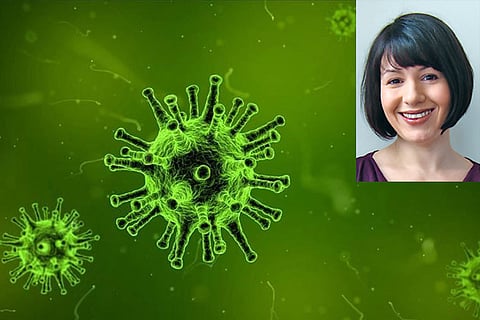Road to recovery: Brutal impact of social distancing on urban dwellers
Chennai
To live in a city like New York, where I’ve spent most of my adult life, is to trade private space for public space. It’s to depend on interdependence. I don’t have a dining room, but I’ve been able to eat in thousands of restaurants. I have no storage space, but everything I needed was at the bodega. I don’t have a home office, but I could work at coffee shops.
Now those supports are gone. The coronavirus disaster is going to devastate communities all over the country. It poses particular challenges for urbanites, and not just because the disease spreads more easily where people are packed close together. Historically, cities have made it easier for people to live alone without experiencing constant loneliness.
In times of stress in New York — Sept. 11, the 2003 blackout, the aftermath of Hurricane Sandy — people gather for comfort and mutual assistance. When Trump was elected and many New Yorkers felt the ground beneath their feet crumbling, they rushed to mass meetings. Now the ground beneath our feet is crumbling again, but many are stuck in at least semi-isolation.
Togetherness, once a balm, has become a threat. This mass withdrawal is like social chemotherapy, damaging the fabric of our communal life while trying to save it.
Social distancing is brutal for everyone, but it’s a particular difficulty for people in cities, especially those who live alone and those packed into tiny spaces.
Steven Taylor, a University of British Columbia professor and author of The Psychology of Pandemics: Preparing for the Next Global Outbreak of Infectious Disease, told me that some people quarantined during the SARS epidemic developed post-traumatic stress disorder.
“Self-isolation is like a milder version of quarantine,” he said. And where you’re isolated matters. “It’s going to be a different experience if you’re able to stroll around your farm and pick the produce you’ve been growing,” Taylor said, than “living in a one-bedroom apartment.”
When this emergency is over, people are likely to emerge into fundamentally changed cities, with economies in crisis, and beloved restaurants, businesses and cultural institutions gone for good.
“We all need to be worried about the corner diner and the new coffee shop and the small non-profit organisations,” said Eric Klinenberg, a sociology professor at New York University and author of Palaces for the People: How Social Infrastructure Can Help Fight Inequality, Polarization, and the Decline of Civic Life.
“What I hope for is that this rising generation learns to appreciate just how deeply connected we are to each other, just how valuable it is to invest in public goods, and how precious and important shared experiences in public spaces are,” he said. So many of the pleasures and conveniences that make dwelling in cramped quarters worth it, for those privileged enough to choose city life, have disappeared. Even if they all come back, we’ll always know they’re not permanent.
— Michelle Goldberg is an Op-Ed columnist who covers politics, gender, religion and ideology for NYT© 2020
Visit news.dtnext.in to explore our interactive epaper!
Download the DT Next app for more exciting features!
Click here for iOS
Click here for Android

